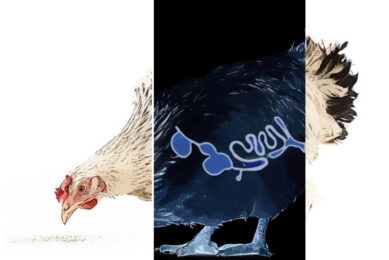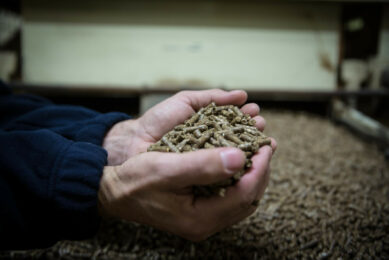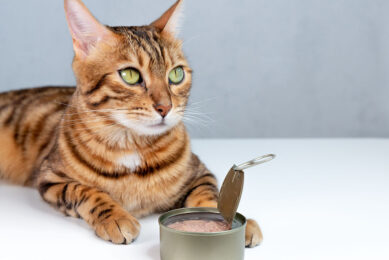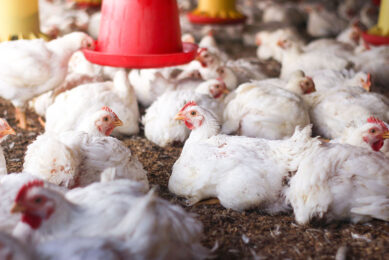Research: Biofilm protects salmonella
In her doctoral thesis, Lene Karine Vestby studied why it is so difficult to get rid of salmonella once they have managed to establish themselves in Norwegian feed and fish meal factories.
Feed contaminated by salmonella bacteria is a familiar and costly problem for the animal feed industry all over the world.
Some types of salmonella have succeeded in establishing themselves in feed and fish meal factories and have persisted there for several years because it has proved impossible to eradicate them.
She discovered that salmonella bacteria efficient at forming a biofilm (bacteria coating) survived longer in the factories than those that had a reduced ability to form this coating.
The ability to survive in factories therefore appears to be connected with the ability to form a biofilm and it would seem that removing this biofilm is a necessary step towards eradicating salmonella from the factories.
In a biofilm, bacteria are well protected by a slime (matrix) which they produce themselves.
Disinfectants studied
Vestby has studied the effect of nine most frequently used disinfectants in the Norwegian animal feed industry and found that the efficacy of the disinfectants is substantially reduced if the salmonella has managed to form a biofilm.
The effect of the majority of the disinfectants was then no longer satisfactory, but a product containing 70% ethanol was the most efficient, followed by one called Virkon S.
Bacteria cooperate
Cooperative behaviour between bacteria (quorum sensing) is an important factor in the ability to form biofilm.
In recent years, so-called furanones have been developed, which are known to inhibit quorum sensing and thereby also the formation and maturation of biofilm.
Vestby has shown that a furanone can be a useful tool in the fight against salmonella in factories.
The furanone prevented the salmonella bacteria from forming an adequate biofilm and the bacteria were therefore more vulnerable to disinfectants.
Cellulose effect
Vestby also found that cellulose in the biofilm had no effect on disinfectants, but that it gives the bacteria better protection against dehydration over a period of several months.
Vestby also found that cellulose in the biofilm had no effect on disinfectants, but that it gives the bacteria better protection against dehydration over a period of several months.
Vestby obtained her PhD last November at The Norwegian School of Veterinary Science with her thesis entitled: "Biofilm formation by Salmonella from the Norwegian feed industry — with attention to potential persistence and eradication."
Source: ScienceDaily











